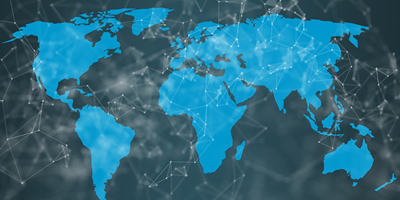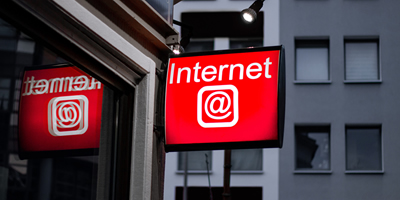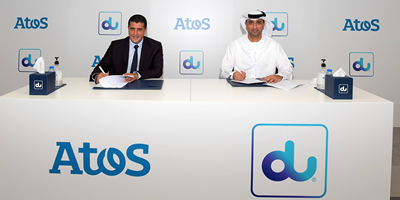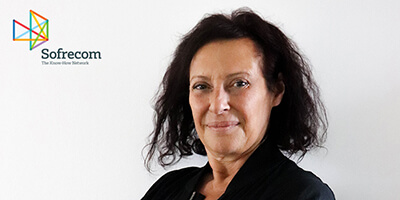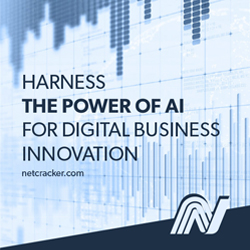Regulating the spectrum is vital to the mobility and connectivity surging within today’s data-heavy and tech-savvy generation. Allocation of spectrum through licenses guarantees flexibility to regulators to secure the best usage of the spectrum in society, and enables operators to offer innovative services with predictable quality service.

Reports and Coverage
How does cryptography in the cloud work?
The world we have today is quickly turning to the cloud for various purposes such as hosting applications and services, SD-WAN, big data analytics, storage, and backup recovery, among others. Hence, the global cloud computing market is expected to be valued at over $620 billion by 2023, with global spending on cloud services to reach $1 trillion in 2024.
Securing tomorrow’s IT infrastructure
The modern IT network infrastructure model is witnessing rapid changes. With the deployment of 5G network architecture gaining momentum, business organizations cannot afford to overlook the importance of customer experience, increased adoption of advanced technologies such as artificial intelligence (AI) and robotic process automation (RPA) and migration to cloud from their IT service management (ITSM) strategy.
Global efforts initiated for 6G development
Japan, Finland, China, Europe, Korea, and the US, are among the global players involved in preparation for the sixth-generation (6G) technology. Even amid an era where 5G adoption is still yet to be mainstream, planning for the next decade has already commenced.
Vision 2040 to boost Oman’s ICT market value by 2024
Oman Vision 2040’s digital transformation is expected to boost the Sultanate’s ICT market to RO2.2 billion ($5.6 billion) by 2024.
Telcos journey: Will digital transformation happen by 2030?
Over the years, we’ve gained a perspective on just how intensive and complex it is to achieve a complete digital transformation. What it takes to succeed requires a lot of time, money, and effort and not everyone can deal with that.
Splinternet: the fragmented future of Internet?
The internet has come a long way since the 80s when the ARPANET and the Defense Data Network were officially converted to Transfer Control Protocol/Internetwork Protocol (TCP/IP) standard that allowed people to use computers on different networks to connect.
Atos to support du’s vision of becoming a digital powerhouse
Atos has renewed its contract with du, from Emirates Integrated Telecommunications Company (EITC), to strengthen their long-standing collaboration dating back to 2012 and accelerate du’s digital objectives in the areas of application modernization and digitalization.
Bridging the digital divide wirelessly
Over the last 2 decades, the internet has become an integral part of our lives and it is hard to imagine life without it. However, out of the 7.8 billion world population, 46% remain off the grid. At a time when the advancement of digitalization is opening business opportunities and enhancing communication, making internet connectivity available in hard-to-reach locations warrants a wholehearted approach by both public and private organizations of every nation.
Will 5G exacerbate the digital gap/divide?
By Maria Gabriella Macra, senior consulting manager, Sofrecom
The launching of 5G raises the topic of the digital gap/divide between developed and emerging countries, and between rural and urban areas within developed countries. Although theoretically, technology can fill this gap by eliminating the costs of building “buried” broadband access networks (fiber), the reality of backhauling needs shows that the difference in costs, at least in the short term, is not so significant. Verizon, which has already replaced the deployment of fiber optics in favor of fixed 5G network, has greatly reduced its ambitions, even though the target clientele was wealthy groups in residential areas of American cities.






